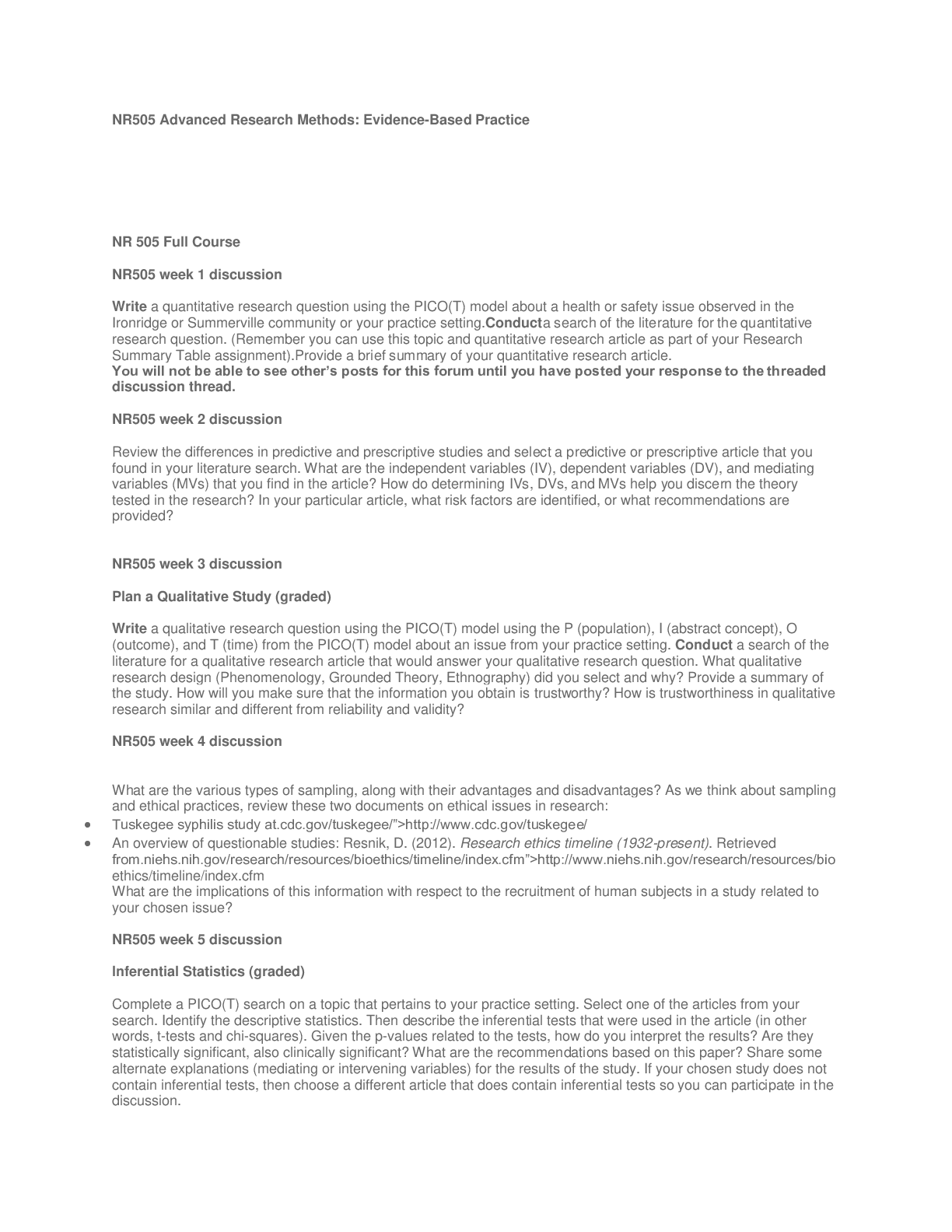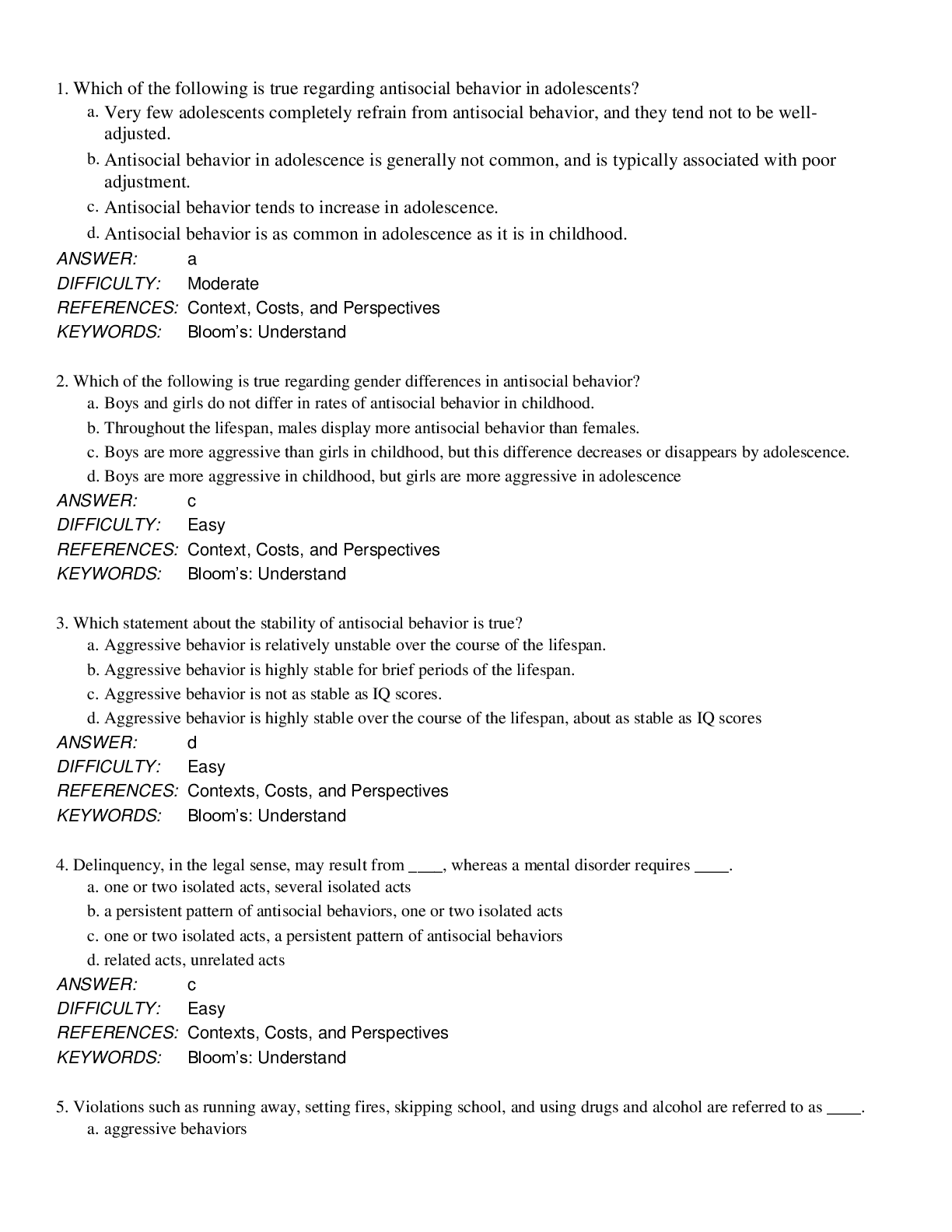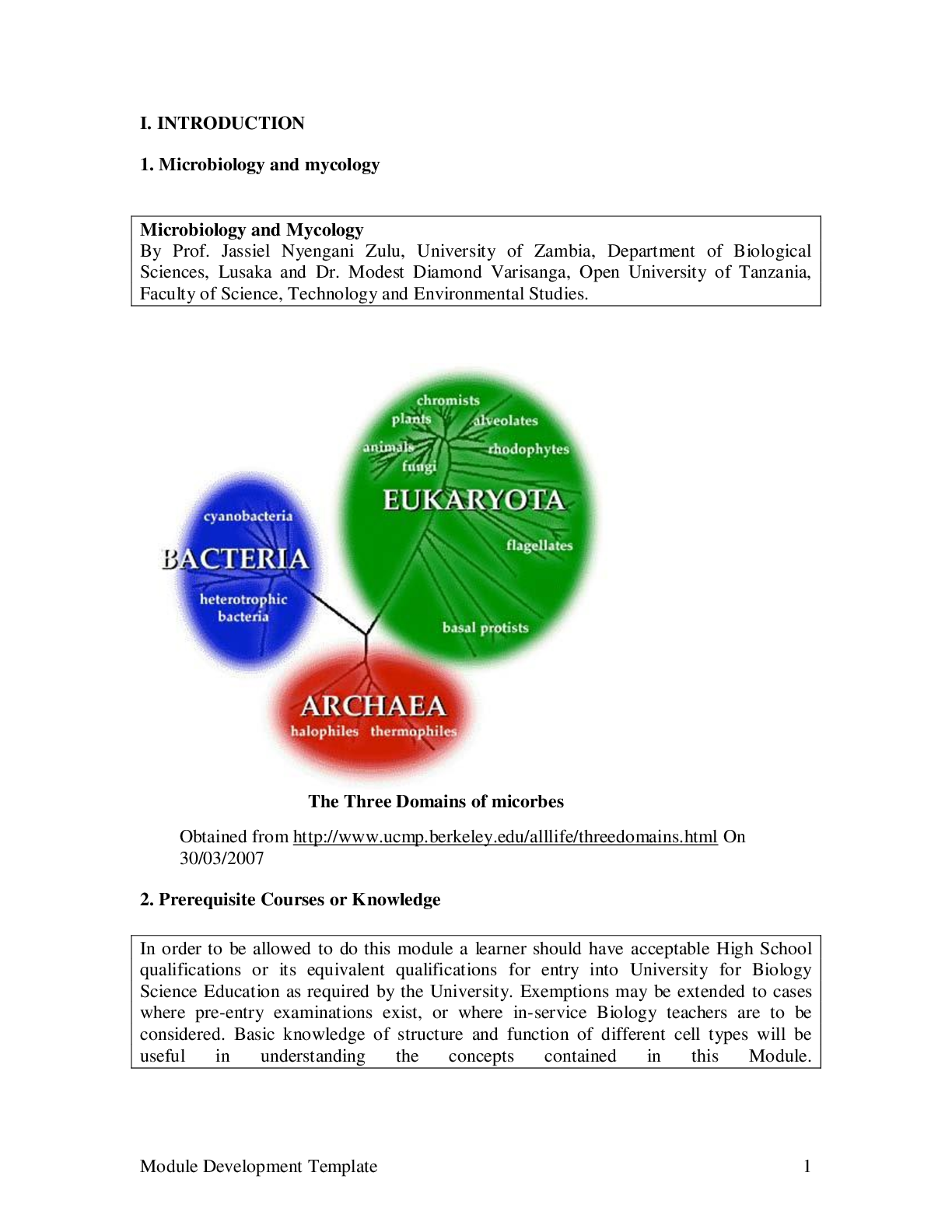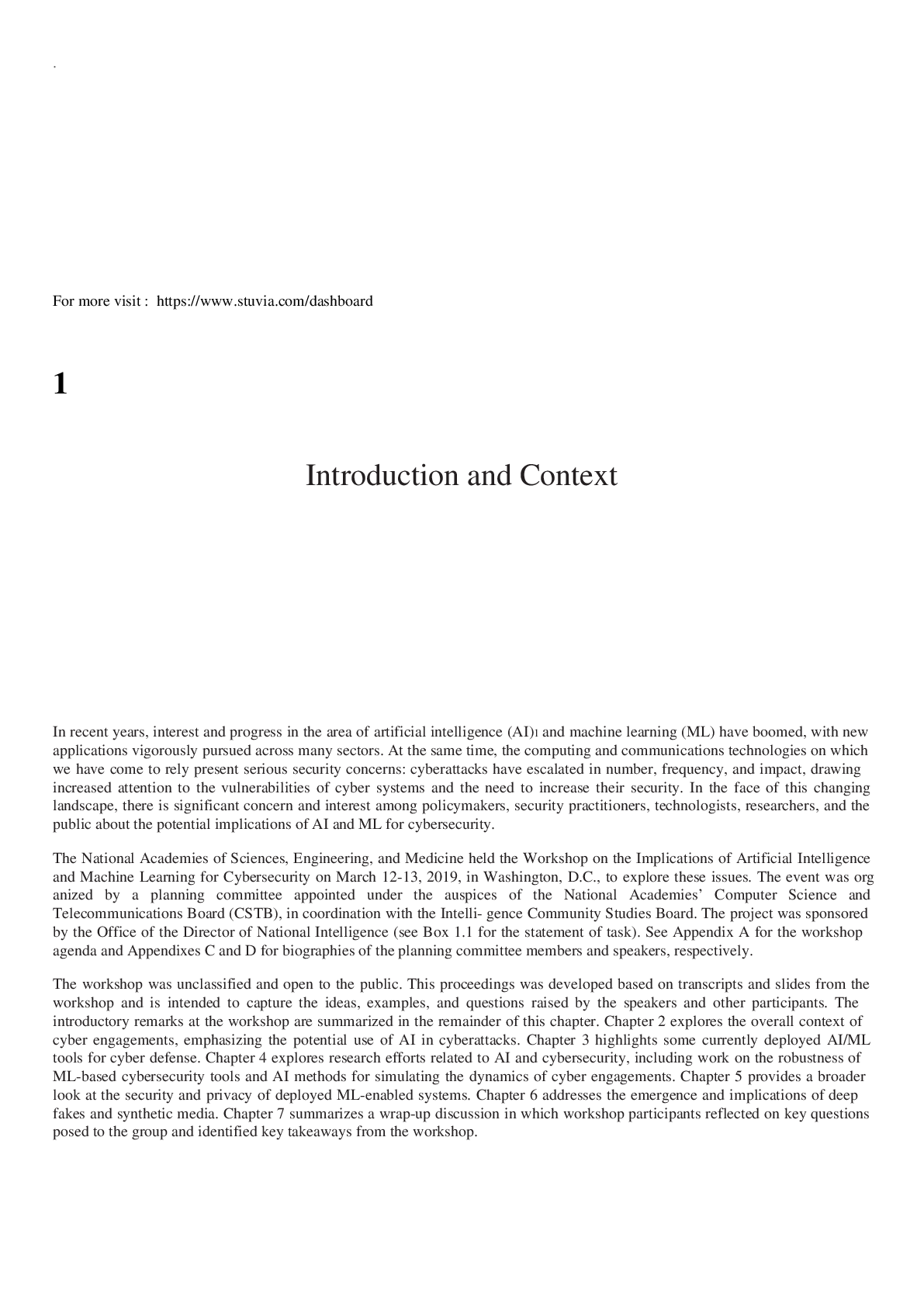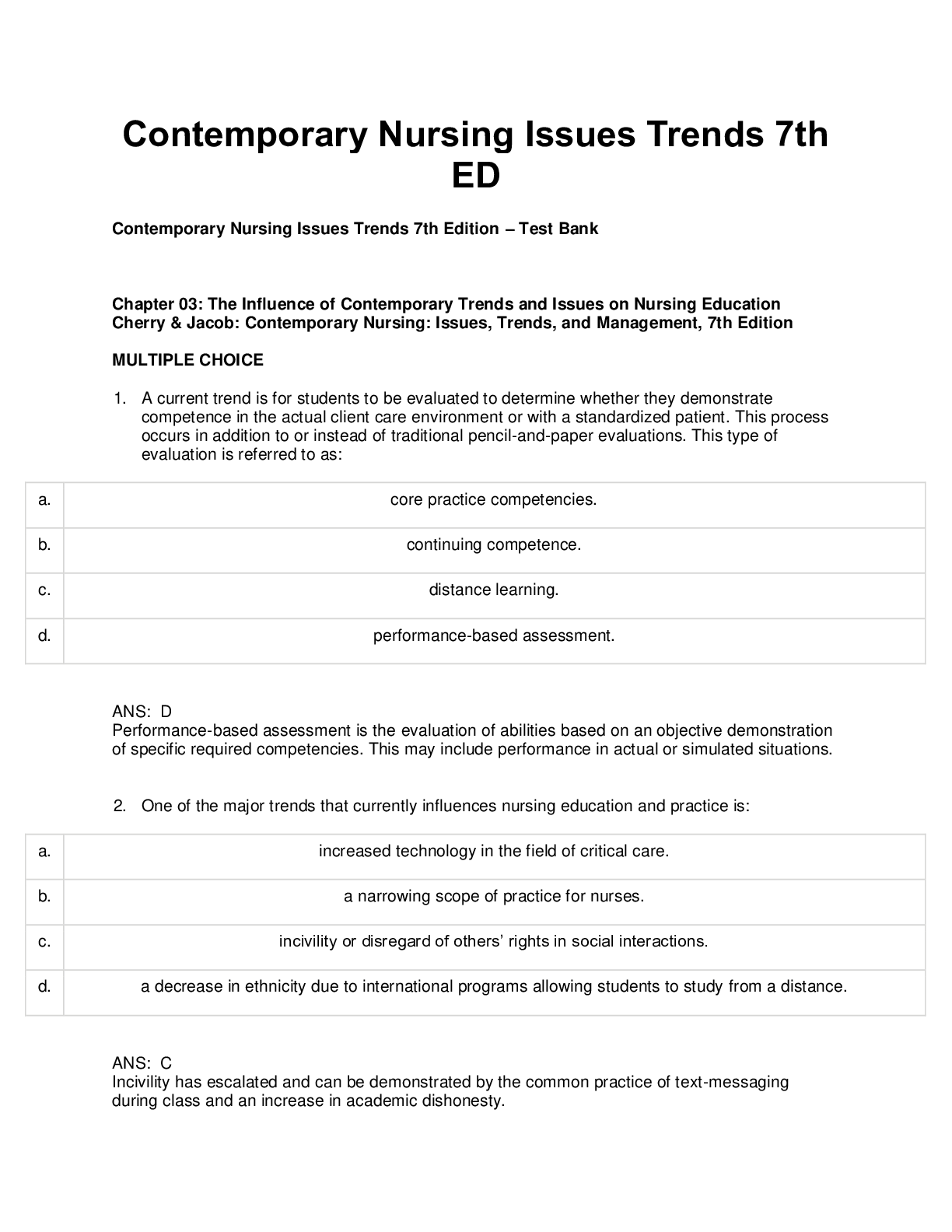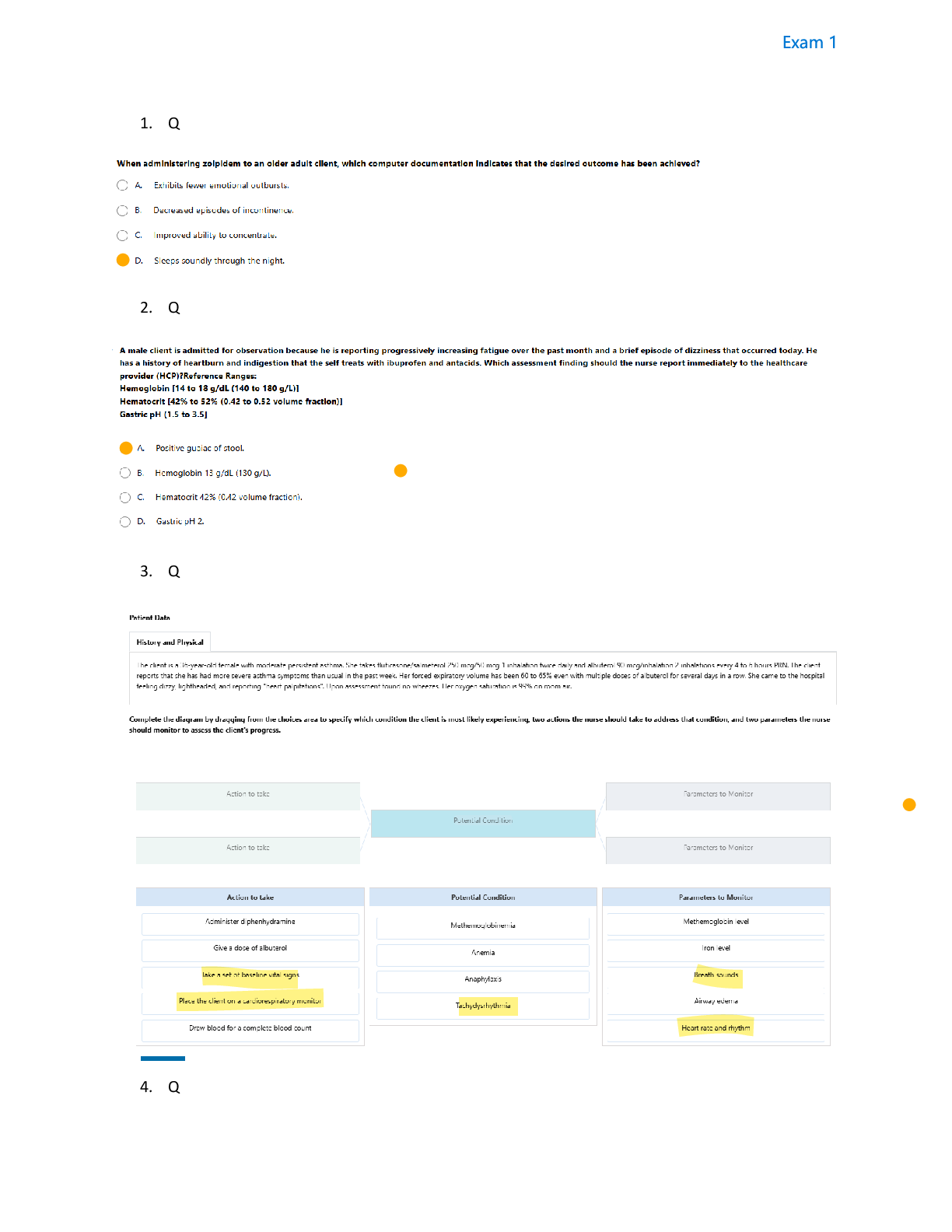Health Care > HESI > Developmental Origins of Children’s Mental Health Disorders (All)
Developmental Origins of Children’s Mental Health Disorders
Document Content and Description Below
STRESS PATHWAYS IN THE BRAIN AND IMPACTS ON DEVELOPMENT While the linkages seem to be clear and increasingly well established between stressful environments and child development, Kim also expanded o ... n why childhood adversity leads to negative mental health outcomes and the things that happen in the body such as the development of stress path- ways in the brain and the neurobiological mechanisms that affect a person across their life course. Prenatal Period Now that we have such advanced technology, Kim said, researchers can track brain activity in the womb. During the third trimester of pregnancy, the brain is forming 40,000 synapses per minute. Even before birth, the baby’s brain is already developing programming so that it can be ready to detect threats from the environment. During the first year of life, the brain volume subsequently increases by 100 percent. Biological systems like these that have such rapid developmental changes are also especially vulnerable to adversity. Research has found that maternal anxiety, inflammation, and the pres- ence of cortisol during pregnancy are associated with altered amygdala and prefrontal cortex functionality in newborn babies. Additionally, maternal depression during pregnancy has been associated with decreased amygdala functional connectivity with the prefrontal cortex in newborns (Posner et al., 2016), and lower white matter organization in the right amygdala (Rifkin-Graboi et al., 2013). This suggests a prenatal transmissibility of vulnerability to depression. Such exposure to adversity during infancy and this period of rapid brain development can lead to more hyperactivity in the amygdala of the infant. Even just being exposed to more angry voices can have this effect, Kim noted. To demonstrate the point, she referenced a 2013 study by Hanson and colleagues that measured brains of young children across the socioeconomic spectrum (Hanson et al., 2013). They found that children living in households with lower socioeconomic status had slower trajectories of brain growth compared to other income levels and lower volumes of gray matter. [Show More]
Last updated: 3 years ago
Preview 1 out of 8 pages
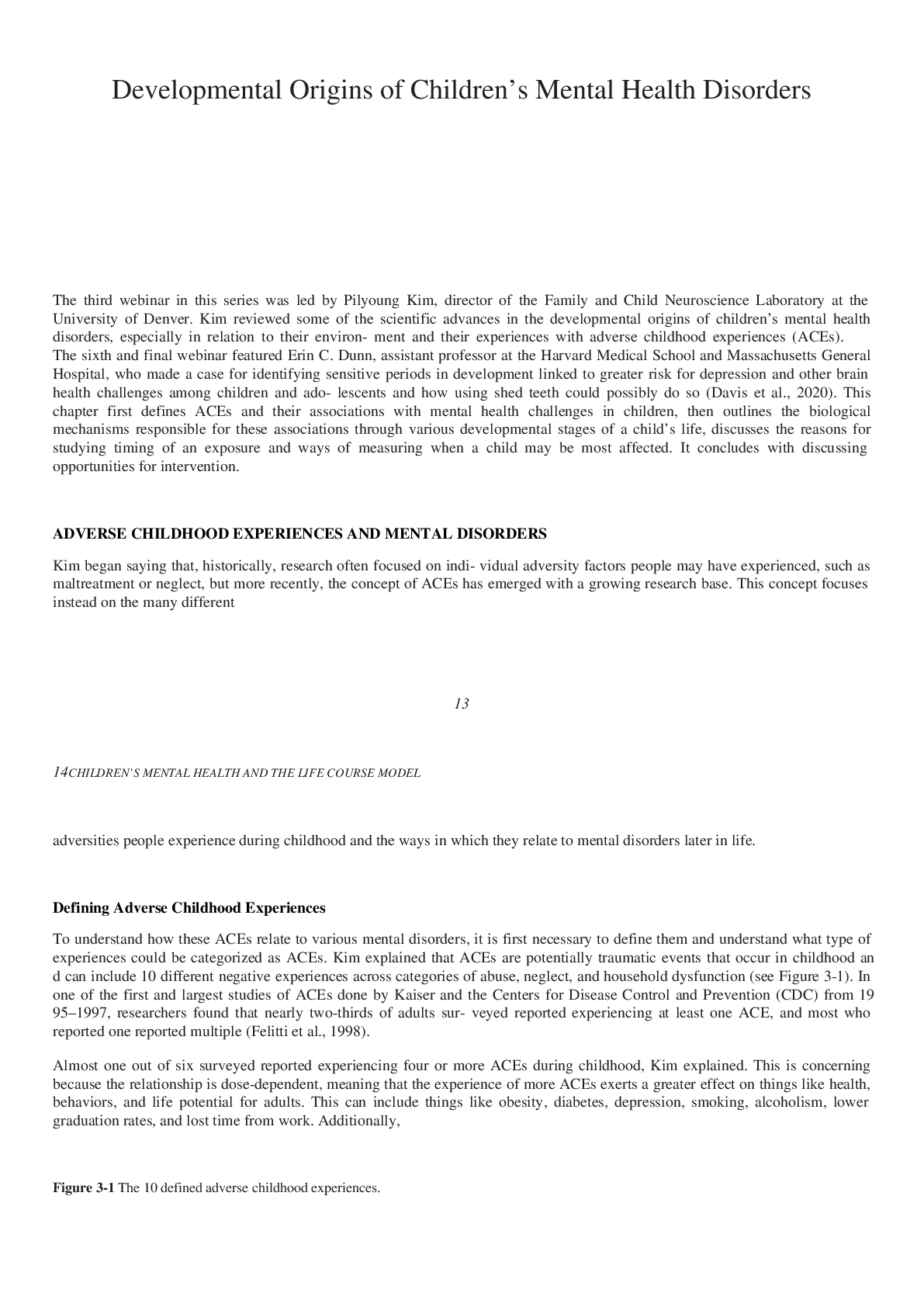
Buy this document to get the full access instantly
Instant Download Access after purchase
Buy NowInstant download
We Accept:

Reviews( 0 )
$12.50
Can't find what you want? Try our AI powered Search
Document information
Connected school, study & course
About the document
Uploaded On
Feb 02, 2021
Number of pages
8
Written in
All
Additional information
This document has been written for:
Uploaded
Feb 02, 2021
Downloads
0
Views
149


